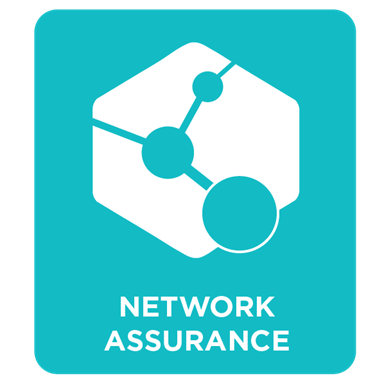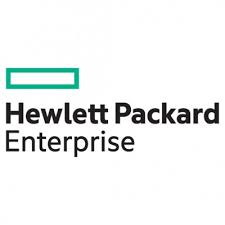
Categories
Values
Reduce Costs
Ensure Security and Business Continuity
CA Spectrum
CA Spectrum - Ensure high performance and continuous availability with superior root cause analysis.
About Product
Description
CA Spectrum can enable your organization to discover, optimize and improve its infrastructure and the business services running on top of it.
By delivering large-enterprise scalability, robust features and superior root cause analysis, this solution can help your organization effectively manage its dynamic, complex IT infrastructure—including physical, virtual and cloud environments as well as network virtualization. The improved architecture of CA Spectrum reduces time and cost associated with the administration of multiple management consoles by supporting tens of thousands of devices and millions of models—increasing scalability while simplifying staff management.
CA Spectrum can help your organization improve network service levels. And by integrating automated fault management, fault isolation, proactive change management and root cause analysis into a single platform, this solution can help reduce fault monitoring costs as well. This solution automates fault management across multi-vendor and multi-technology infrastructures, tailoring information views and management capabilities to meet the needs of a broad range of technical and non-technical users.
CA Spectrum. Real results, right now.
Accelerate issue resolution.
Leverage automated discovery, event correlation and root cause analysis capabilities that improve MTTR.
Boost service levels.
Improve system availability and performance by minimizing erroneous changes.
Speed innovation.
Capitalize on innovative technologies and approaches, such as cloud and virtualization, while using a single management platform.







